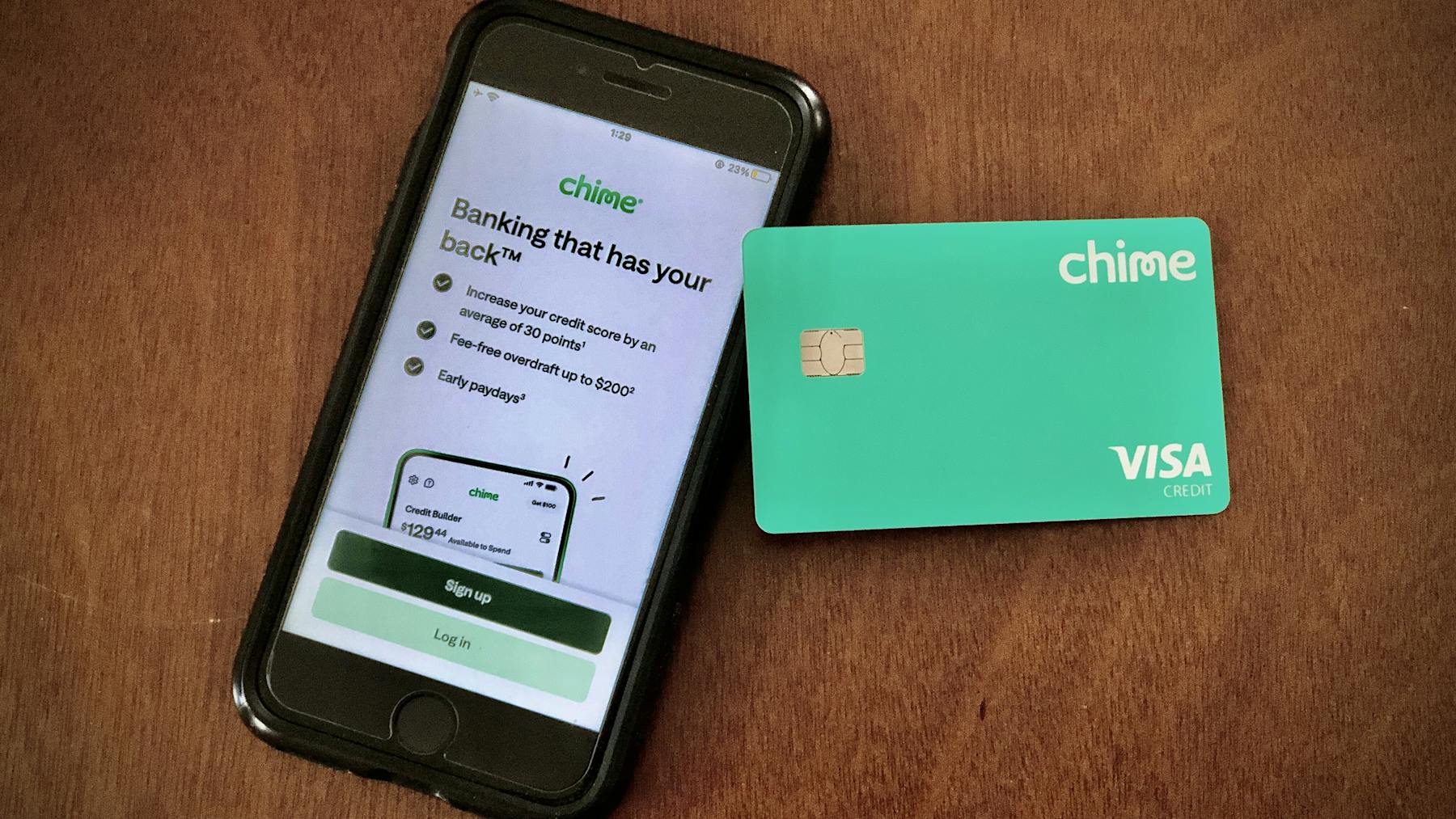How to Apply for a Green Card: Eligibility, USCIS I-485 PDF, and How-To Instructions

Jarrod Suda
Guide

A writer and editor at Monito, Jarrod is passionate about helping people apply today’s powerful finance technologies to their lives. He brings his background in international affairs and his experiences living in Japan to provide readers with comprehensive information that also acknowledges the local context.
Byron Mühlberg
Reviewer
.jpg?auto=compress,format&rect=0,0,1629,1629&w=120&h=120)
Monito's Managing Editor, Byron has spent several years writing extensively about financial- and migration-related topics.
Links on this page, including products and brands featured on ‘Sponsored’ content, may earn us an affiliate commission. This does not affect the opinions and recommendations of our editors.
Read moreYour first step to register for permanent residence in the United States is to submit Form I-485 to the United States Citizenship and Immigration Services (USCIS). Form I-485 is an eighteen-page document with fourteen parts, some of which are tedious and require other complex documentation. This guide will help you learn how to fill out Form I-485 on your own.
Read on to see if you are eligible to apply to become a U.S. green card holder. Get the Form I-485 PDF here. Plus, we provide resources on direct filing addresses to make sure you send your application to the right place.
Thanks to its services designed specifically for immigrants, we think Majority offers the best online US checking account available:
- Make free international calls to 20+ countries;
- Access cheap international money transfers;
- Earn cashback with the Majority debit card;
- The card charges no foreign transaction fees.
Joey Csunyo on Unsplash

USCIS I-485: Application to Register Permanent Residence or Adjust Status
U.S. Citizenship and Immigration Services (USCIS) I-485 is a form used by a person in the United States to apply for lawful permanent resident status. If your application is approved, you will become what is commonly known as a ‘Green Card Holder’.
With lawful permanent residence, you will be able to live and work in the United States indefinitely — and potentially for the rest of your life. Green Card holders are eligible for social security benefits as well as in-state tuition for colleges and universities.
U.S. Citizenship vs Permanent Residence
While a U.S. Green Card grants residents the right to permanent legal work and living in the United States, the status does have its limitations. The biggest difference between permanent residence and citizenship is that Green Card holders do not have the right to vote or hold public office.
If you leave the U.S. for a short period of time, you must return with both your Green Card ID and the passport of your home country. If you leave the U.S. for a long period of time, such as over six months, then you may be in danger of ‘abandoning your residence’. If you must take such extended leave, then it is a good idea to prepare and obtain a re-entry permit well in advance of your trip.
Lastly, criminal punishment is applied differently to U.S. citizens and permanent residents. Certain crimes or security violations may result in deportation for permanent residents. U.S. citizens cannot be deported but may face jail time instead for similar crimes.
U.S. permanent residents may apply to become U.S. citizens through a process known as naturalization.
Priyanka Puvvada on Unsplash

USCIS Form I-485 Eligibility
There are several immigration categories that you may apply under to obtain a Green Card. Your individual situation will dictate which category to choose, and each category has its own unique steps for application:
The three main categories are:
- Through family;
- Through employment;
- Through refugee or asylee status.
You may also be eligible for Form I-485 if you apply:
- As a Special Immigrant;
- As a human trafficking or crime victim;
- As a victim of abuse;
- Through a registry¹; or
- Through other categories.
The criteria for the latter five categories are often very specific to legislation passed by the U.S. government. See this official list for full descriptions of Form I-485 eligibility criteria.
1 Registry refers to a part of immigration law that allows individuals who have been physically present in the United States since January 1, 1972 (and have never left) to apply for a Green Card (permanent residence) even if they currently reside in the United States unlawfully.
How To Fill Out USCIS Form I-485 Step by Step
In this part of our guide, we walk through each part of the eighteen-page I-485 form. Some of the sections on the application are shorter than others and only require basic personal information. Other sections, like Part 8, are quite complex and detailed. Do not stress too much as many of the questions will not apply to you.
Read on for our step-by-step instructions to fill out and complete Form I-485:
Part 1: Your Personal Information
Provide your full legal name(s), date of birth, sex, city and country of birth, and country of current nationality. You can fill out sections 10 through 12 only if you have received those identification numbers.
Make sure that you can reliably receive mail with your U.S. mailing address. If you need the USCIS to send notices to a separate, safer address, then use section 14.
In sections 15-19, provide the information of the passport or travel document you used to enter the United States. Sections 20 and 21 detail your most recent port of entry, such as an airport, seaport, or land entry.
Sections 22 and 25 are about your immigration status upon arrival. Indicate if you entered as a student, visitor, refugee, or if you entered without permission. Section 23 should be the same as the information on your I-94 form, which is attached to your passport. If the expiration date has passed, then write ‘overstay’. If your immigration status has changed since arrival, also indicate that here.
Part 2: Application Type or Filing Category
Inform the USCIS which immigration category you wish to apply under, such as through family, employment, or another avenue. If you are the beneficiary of a green card sponsor, such as your employer, then attach a copy of Form I-797 (this form would have been sent to you by the USCIS).
Section 2 likely does not apply to you. If you attempted to reside in the U.S. as a foreign worker or relative to a U.S. citizen before 2001, then you may qualify under the Immigration and Nationality Act. Learn more about this adjustment at USCIS.gov.
If you have an approved petition (via Form I-797), then add the petition’s information in sections 3 and 4.
Fill out section 5 if you are a ‘derivative applicant’. A derivative applicant is someone applying for permanent residence along with another individual, who is the main ‘principal’ applicant. Section 5 details your principal applicant’s information.
Part 3: Your History and Additional Information
In this section, USCIS will want to know if you’ve applied for a Green Card before. They will also ask for an address you’ve lived at in the past 5 years and for your employment history, so that a background check may be done on your profile.
Part 4: Your Parents
Give the personal information of your parents here. If they passed away, write ‘Deceased’ on sections 7,8,15, and 16.
Part 5: Your Marital History
This section is especially important for applicants who are immigrating through marriage. This section will help verify that you are eligible.
You will have to provide information about previous marriages too. If you run out of space, use the ‘Additional Information’ section in Part 14.
Part 6: Your Children
Provide the number of children you have, and their basic personal information. You should include both your adult children and stepchildren here, if any. If your children want to immigrate to the U.S. in the future, then this information should be as accurate as possible so that the USCIS is clearly informed about your relationship with them.
Part 7: Biographic Information
Indicate if you are Hispanic, Latino, or not. Also specify your race, height, weight, eye color, and hair color.
Part 8: General Eligibility and Inadmissibility
This section helps determine if you have committed crimes or immigration violations that make you ineligible (‘inadmissible') for a Green Card.
In sections 1 through 13, list the organizations you have been a part of. USCIS will flag applicants involved in violent organizations. Conversely, being a part of religious or volunteer organizations may help your application.
In sections 14 through 80, indicate if you ever overstayed your visa, disclose arrests, and disclose minor crimes. You may explain the circumstances of these violations in the ‘Additional Information’ section of Part 14. It is possible to obtain ‘Forgiveness’ waivers for certain violations, which would allow you to remain eligible for a Green Card. However, it is essential in these cases to consult with an experienced immigration attorney before submitting your application.
Never lie on an immigration form. If the USCIS finds that you have lied on a form, then you may be considered inadmissible.
Part 9: Accommodations for Disabilities and Impairments
If you need disability assistance for your immigration interview, such as a sign language interpreter, then note that in this section.
Part 10: Your Statement, Certification, and Signature
Provide your signature in this section to make your application official! You will indicate that you understand English here too, so that the USCIS is aware that you know what you are signing.
Part 11: Your Interpreter’s Information, Certification, and Signature
If you do not speak English and relied on an interpreter to fill out Form I-485, then your interpreter will sign here. English is not required to obtain a Green Card, but you will need an interpreter at your immigration interview.
Part 12: Your Preparer’s Information, Declaration, and Signature
If you used an attorney to help complete Form I-485, then they will fill their information here.
Part 13: Signature at the USCIS Interview
Leave this section blank until your USCIS interview.
Part 14: Additional Information
Use this space if you need to provide more information. If you need even more space than what is provided, then you may either attach a separate piece of paper to the application or you may make copies of Part 14 and file those copies with the application.
What Are the Direct Filing Addresses for Form I-485?
To avoid delays in processing your application, send your completed Form I-485 to the proper address. Where you send Form I-485 will depend on your immigration category.
Applying Through Family
If you are applying as a spouse, parent, unmarried son or daughter under age 21, or another qualifying relative of a U.S. citizen, then you will send Form I-485, along with form I-130 (which establishes a valid family relationship between you and a U.S. citizen) to either the USCIS Chicago Lockbox or the USCIS Phoenix Lockbox.
Your direct filing address depends on the U.S. state in which you reside. Check this official USCIS list for your application’s correct destination.
USCIS Chicago Lockbox
U.S. Postal Service (USPS):
USCIS
Attn: AOS
P.O. Box 805887
Chicago, IL 60680
FedEx, UPS, and DHL deliveries:
USCIS
Attn: AOS (Box 805887)
131 South Dearborn - 3rd Floor
Chicago, IL 60603-5517
USCIS Phoenix Lockbox
U.S. Postal Service (USPS):
USCIS
Attn: AOS
P.O. Box 20500
Phoenix, AZ 85036-0500
FedEx, UPS, and DHL deliveries:
USCIS
Attn: AOS (Box 20500)
1820 E. Skyharbor Circle S
Suite 100
Phoenix, AZ 85034-4850
Applying Through Employment
If you are applying through a job offer, then send Form I-485 along with Form I-140 (a form to be filled out by your employer) to the USCIS Dallas Lockbox:
USCIS Dallas Lockbox
Via U.S. Postal Service (USPS):
USCIS
Attn: NFB
P.O. Box 660867
Dallas, TX 75266-0867
FedEx, UPS, and DHL deliveries:
USCIS
Attn: NFB (Box 660867)
2501 S. State Hwy, 121 Business
Suite 400
Lewisville, TX 75067-8003
Applying Through Refugee or Asylee Status
Since the unique situations of applying for a Green Card as a refugee or asylum seeker are complex, you may have to send your Form I-485 to the USCIS Vermont Service Center or to any of the many USCIS Lockbox locations across the country: Chicago, Phoenix, Dallas, or Nebraska.
Please check the official USCIS list to find your unique category and its corresponding filing address.
Frequently Asked Questions About Permanent Residence or Adjusting Status
What is form I-485?
Form I-485 is an official application form that U.S. Green Card applicants send to U.S. Citizenship and Immigration Services to request permanent residence.
Where do I mail form I-485?
The address that you send your Form I-485 to depends on your immigration category. Since you may have to send your Form I-485 to the USCIS Vermont Service Center or to any of the many USCIS Lockbox locations across the country, (Chicago, Phoenix, Dallas, or Nebraska), please read about your direct filing address here.
For more information, check the official USCIS list to find your filing address.
Is there an I-485 form download?
Yes, you can download USCUS Form I-485 with this link or you may download it from the USCIS.gov website.
What is my receipt number of underlying petition?
An underlying petition is a petition made on your behalf by a sponsor who is requesting your permantent residence. If you have been the beneficiary of a petition, then you should have been given a Form I-797 by the USCIS. This form’s identification number is your receipt number of underlying petition.
How do I get a green card for Indians?
Indians will apply through the standard USCIS procedure with Form I-485. If you think you qualify under a special category, then check this official list of Green Card eligibility categories.
Can I file I-485 on my own?
Yes, you may file USCIS Form I-485 on your own.
If you want to guarantee that the USCIS accepts your green card application, thus increasing your chances of getting an interview with an immigration officer, then complete your form with a service provider like CitizenPath.
How do I replace my Green Card?
Read our review on how to apply for a replacement green card in four steps.
Other Guides About Immigration to the United States



















References Used In This Guide
USCIS. Green Card for Refugees. Accessed 20 April 2022.
USCIS. How to become a permanent resident? Accessed 20 April 2022.
USCIS. Instructions for Application to Register Permanent Residence or Adjust Status. Accessed 20 April 2022.
USCIS. Become a Lawful Permanent Resident Green Card Holder Through a Job Offer. Accessed 20 April 2022.
USCIS. Green Card Through Registry. Accessed 20 April 2022.
USCIS. Green Card Through INA 245 Adjustment. Accessed 20 April 2022.
USCIS. Direct Filing Addresses for Form I-485. Accessed 20 April 2022.
U.S. Department of Labor. U and T Visa Certifications. Accessed 20 April 2022.
USCIS. I-360, Petition for Amerasian, Widow(er), or Special Immigrant. Accessed 20 April 2022.
All Law. Filing I-192 Waiver: Forgiveness of U.S. Inadmissibility. Accessed 20 April 2022.
NOLO. Form I-485: Application to Register Permanent Residence or Adjust Status. Accessed 20 April 2022.
The article is for informational purposes only and does not constitute a source of law. The editors of the website make every effort to ensure that all published information is reliable and up-to-date, however, they do not constitute a binding interpretation of the applicable legal provisions.
Why Trust Monito?
You’re probably all too familiar with the often outrageous cost of sending money abroad. After facing this frustration themselves back in 2013, co-founders François, Laurent, and Pascal launched a real-time comparison engine to compare the best money transfer services across the globe. Today, Monito’s award-winning comparisons, reviews, and guides are trusted by around 8 million people each year and our recommendations are backed by millions of pricing data points and dozens of expert tests — all allowing you to make the savviest decisions with confidence.
Monito is trusted by 15+ million users across the globe.
Monito's experts spend hours researching and testing services so that you don't have to.
Our recommendations are always unbiased and independent.


